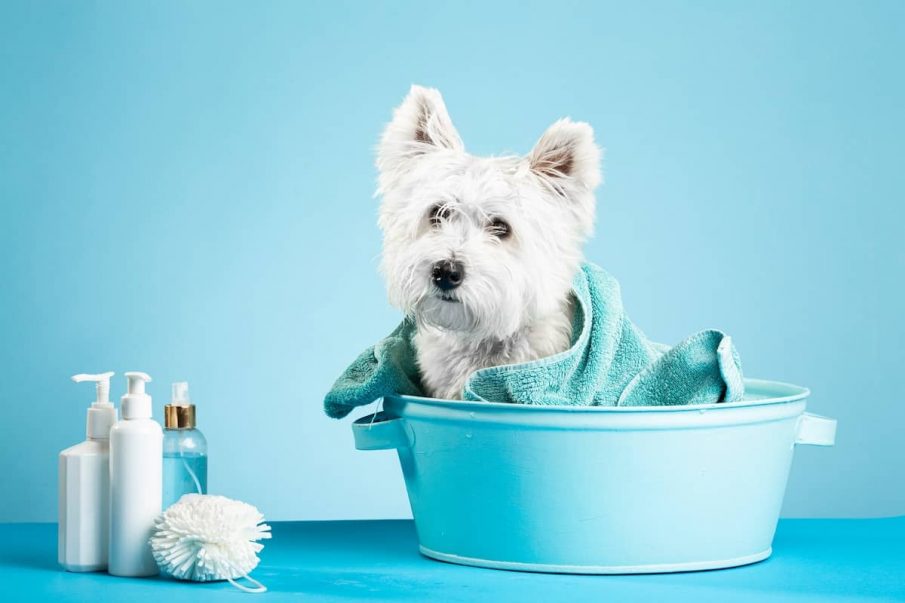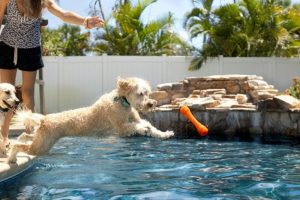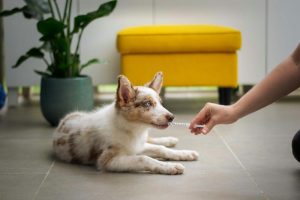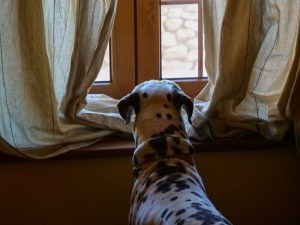The idea of bathtime may seem like a nightmare to some dogs as they can often feel confined and are scared of the running water. If your dog doesn’t want a bath or seems unwilling to bathe it can be a problem, as a smelly dog is not nice to be around.
However, consistent training and careful handling can help struggling pets get used to the water so they become more relaxed while being cleaned.
Why Dogs Don’t Like Baths
Not all dogs hate baths. Some might like to splash around in puddles or shallow water but struggle to swim with their shorter legs. Others, like Labradors or Spaniels, appear to be distantly related to ducks with their affinity and love of water.
But there are three main reasons why dogs don’t like baths or water:
- Bad Experiences: The most common reason why a dog doesn’t like baths or bathing is a negative experience. This could be as simple as being splashed in the face as a puppy, or water accidentally getting in their ear.
- Lack of Water Training: Puppies and young dogs need to be properly socialised. Part of that is to introduce them to water early in a positive way. Water training for your dog is important, so do it right the first time!
- No Real Reason: When you become an owner of a dog they may come with some pre-existing quirks, that could be a fear of water. It is useful to know the reason why, but not essential as any behaviour can be trained out of a dog with enough patience from the owner.
Andy Ellis, expert at Posh.co.uk, said: “Training dogs to get used to the bath is a challenging commitment but is extremely important to fulfil.
“Bathing is really important for dogs to help prevent nasty odours and bugs from latching onto their fur.”
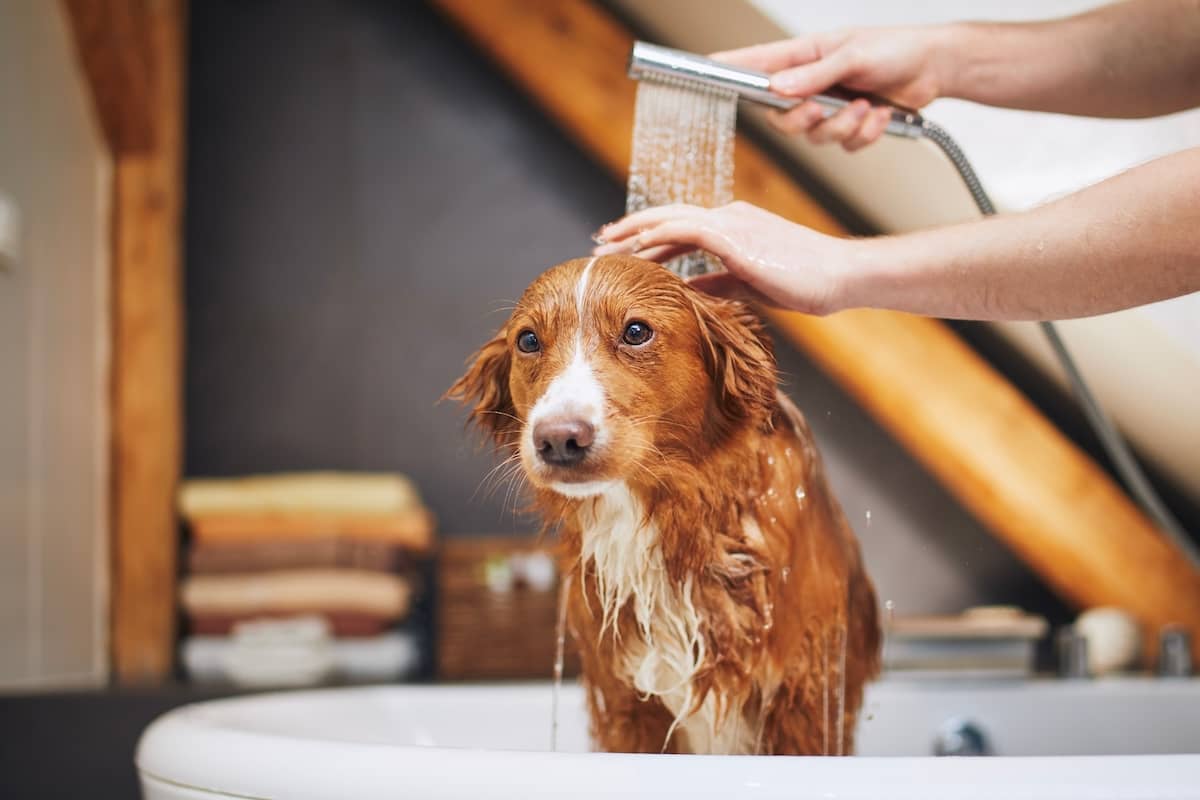
Top Tips for Getting Your Dog Used to Bathing
Here is a rundown of our top tips to help a dog get used to bathtime:
- Warm water
- Use cups when pouring water
- Give treats for good behaviour
- Get into regular routines
- Play relaxing music
- Use non-slip mats
- Bubbles!
Not all these tips will work on every dog, but they will help get an unwilling dog to bathe.
1. Use warm water
The right temperature water is the first thing you need for an unwilling dog. If it is too cold they will start to shiver, if it is too hot they may get scalded. Unfortunately, due to their natural fur, you may not see the damaged skin and it could lead to your dog scratching or biting, damaging it further.
Make sure the temperature is right, similar to how you would test water for a baby with your elbow and keep an eye on it throughout the bath.
2. Use cups when pouring water
Some dogs are naturally water dogs, whereas others are very hesitant, or scared, of water. For the scared dogs, they can become easily frightened by bath water if it’s flowing hard and fast or coming from a shower. Scoop up some of the water with a bottle or cup and gently pour it over their head while stroking them.
3. Treats for good behaviour
If your dog is whining in the bath, wait until the moments of silence when they’ve calmed down. Reward them with a small treat so they associate being calm and relaxed with a positive outcome.
Your dog might be too scared to even get into the bath. In this case, slowly encourage them into the bathroom and positively reinforce them with their favourite treat. Put them in an empty bath and treat them every time they appear to relax.
4. Regular routines
Every time your dog becomes covered in mud or begins to smell, take them to have a bath. Getting into a consistent routine will help them get used to baths, making them more relaxed over time. You could even give them a bath or shower after every walk if you have adequate facilities. They will soon become used to the routine and expect a wash post-walk.
5. Relaxing music
Music has been proven to relax dogs in times of stress. Playing relaxing music in the background such as bird noises or Mozart can occupy your pups’ mind as you’re trying to bathe them.
Read our blog on The Top Music Tracks to Calm Your Pooch to help keep them calm whilst bathing.
6. Use non-slip mats
A bathtub can be a scary place, even for dogs that love water. It is a strange surface that they can’t get grip on with their paws. So, your dog might be more scared of the tub than the water, they’re likely scared of falling over and hurting themselves. Having a non-slip mat can provide them with a stable balance and will make it easier to wash them in one place.
7. Distraction
There are several methods for distracting a dog that is unwilling to bathe.
- Bubbles
- Lick mats
- Dog toys
Bubbles are a great distraction tool to keep a dog’s mind occupied. They’ll be more bothered trying to catch the bubbles than getting out of the bath itself. Make sure any products used to create them are dog-friendly to prevent a skin rash.
Lick mats for baths are out there. They often come with a suction cup on the back so they are not submerged in the water. If you slather a lick mat with peanut butter, liver paste or cream cheese will effectively distract your dog whilst you wash them. Also, it can transform a very nervous dog into a confident water pup in no time!
If your dog is motivated by toys, then make bath time, playtime! You are running the risk that they will splash about, but getting wet is worth it if they learn to love it!

